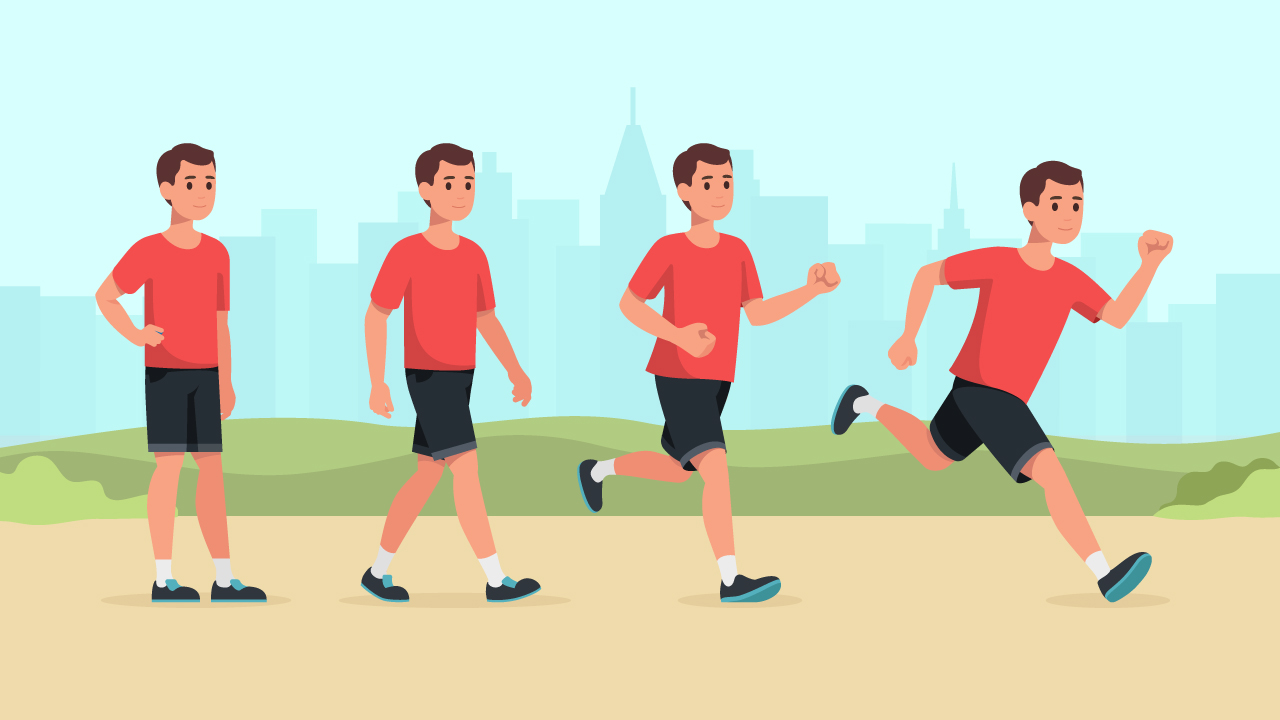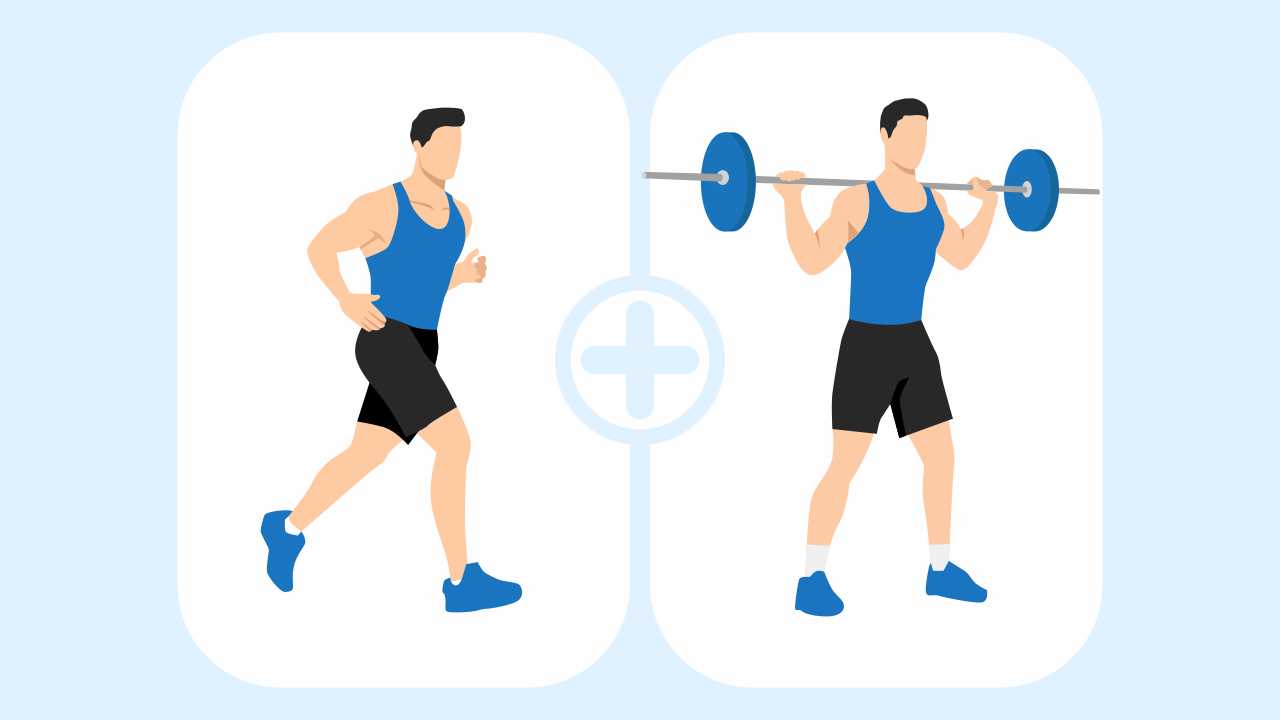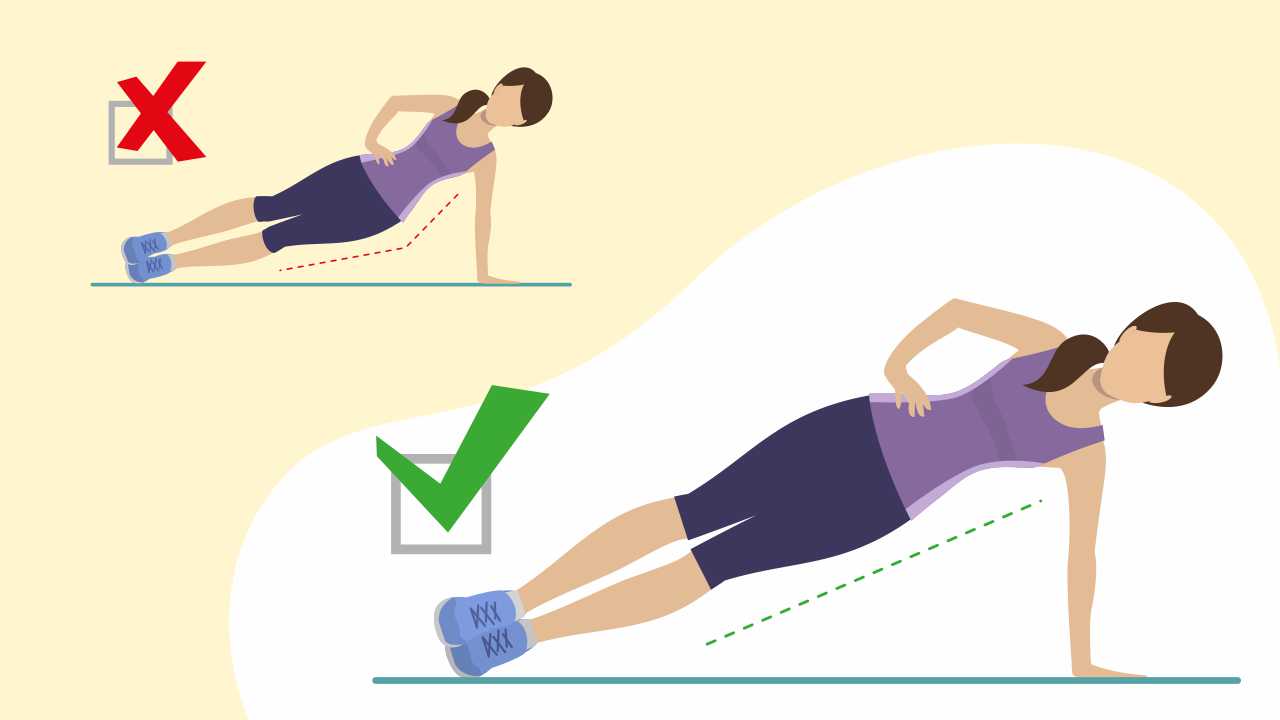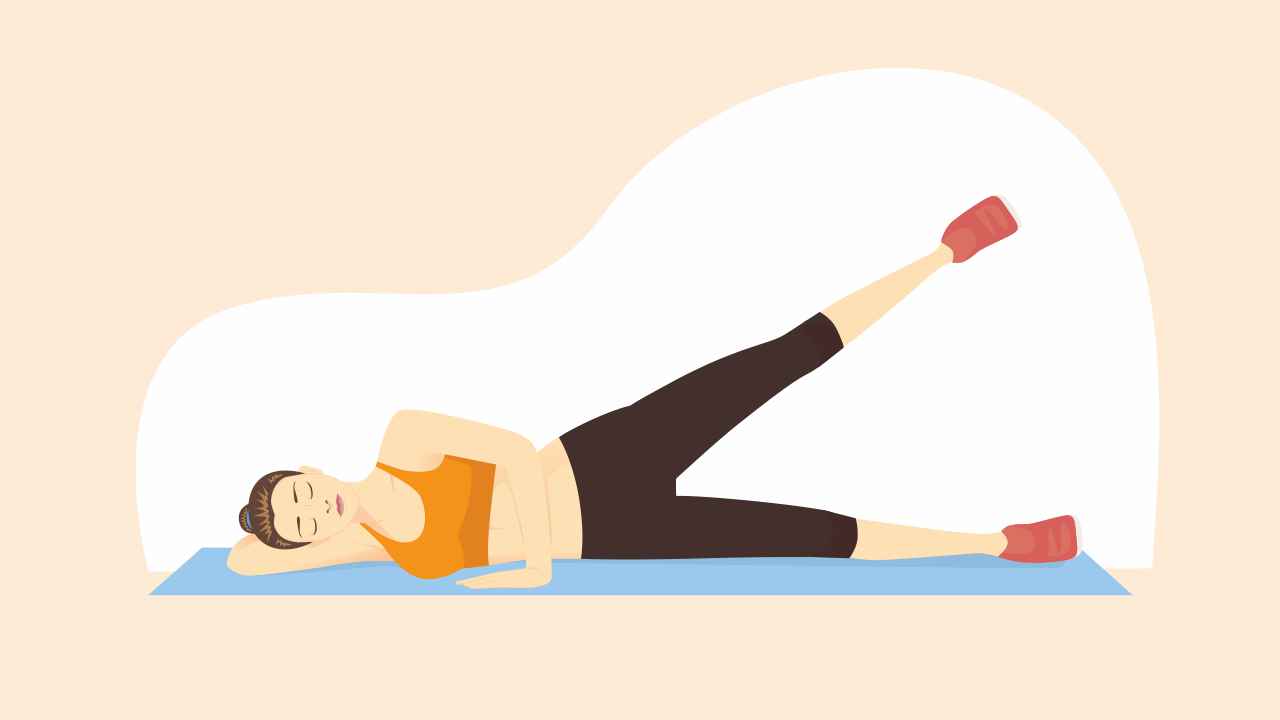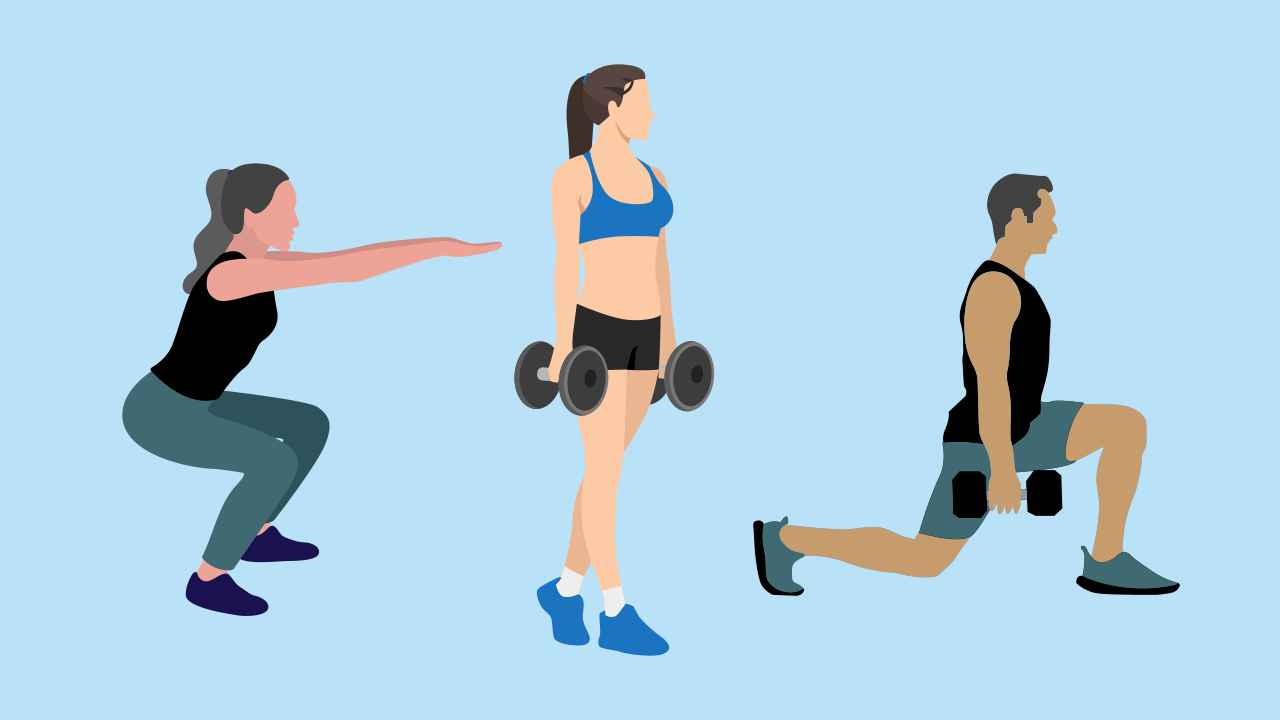
Workout Routines: Different Styles and Their Role
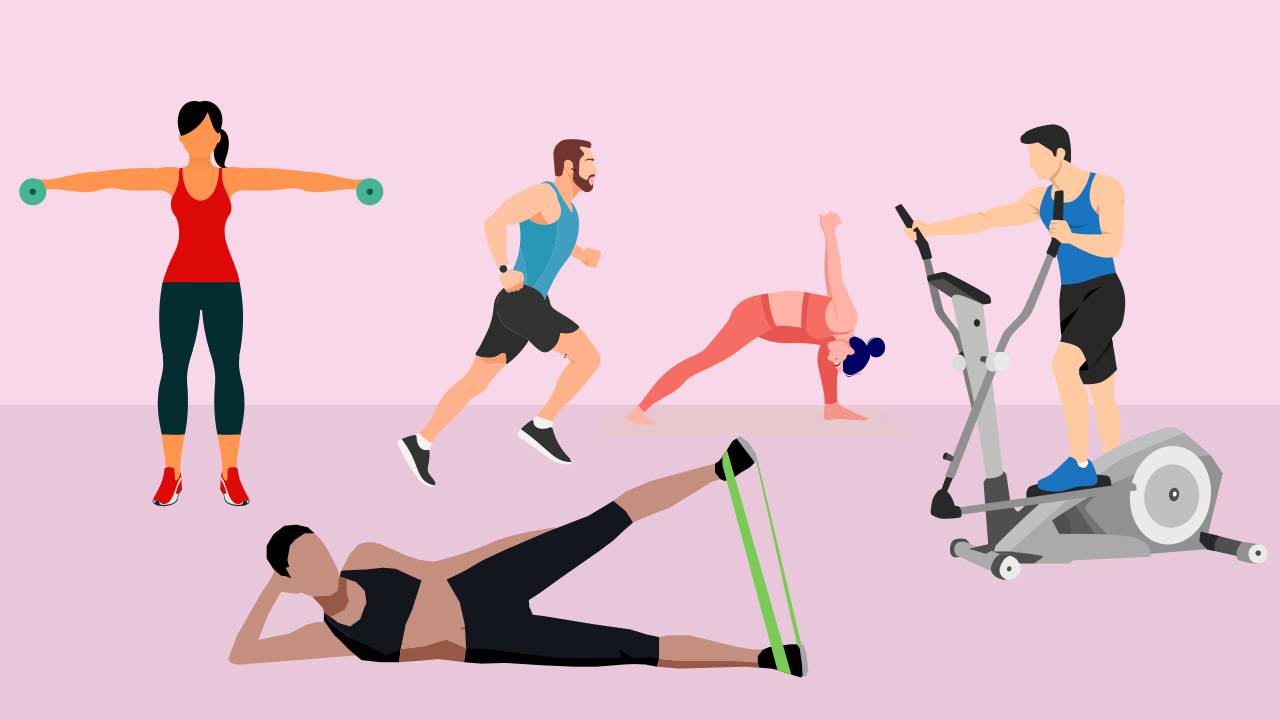
Getting started with a workout program can seem a bit daunting, particularly because so many different types of workout are available. Running, walking, resistance training, yoga, pilates, high-intensity training (HIT) — the types are nearly endless. How do you know which type of workout is most beneficial? How do you know what type of exercises to include in your program?
The reality is that one exercise type isn’t necessarily better than another, just different.
The goal should be to look to incorporate various workout modalities within your program in order to get results, as well as keep things fresh. Let us discuss a few popular exercise modalities with respect to what they focus on, as well as when they should be integrated into your program.
Types of exercise modalities
Here are seven popular exercise modalities that are often used in conjunction with others.
Steady State Cardiovascular (SSC) or easy/ base run
This pertains to any sort of cardiovascular exercise (ie, walking, running, cycling, swimming) that is done at a low or medium intensity for a prolonged period of time, usually at least 20 minutes. As the name suggests, the intensity during a steady state exercise session does not change much.
SSC is one of the most popular exercise modalities as it is applicable to both beginners and advanced individuals. In respect to beginner exercisers, walking is usually the first SSC method performed, followed by a walk/ run program and then solely running. Those training for a race often use SSC as a means to gain cardiovascular endurance and general aerobic conditioning.
Intervals
There are many variations and terms used to denote interval training. Regardless of the specific type of interval, intervals are characterized by alternating periods of high and low intensities.
A common and popular interval term is High-Intensity Intermittent Training or HIIT. Intervals can be solely cardiovascular-based, or can include the use of weights or equipment.
Intervals are primarily so popular because they enable an individual to get a great workout in a relatively short period of time, as compared to SSC-type workouts
Intervals are generally considered to be an intermediate to advanced training modality due to their high intensity, and often explosive nature (eg, box jumps). Intervals are most suitable to those at a medium to high level of fitness. Those at a high level of fitness often do not see much progress in respect to their level of conditioning with low-intensity SSC-type training. Therefore, intervals are the most effective and efficient way for them to increase their level of conditioning.
Resistance training
This is a fairly generic term that can be applied to anything that puts stress on the muscles for the primary purpose of increasing strength. However, this term is usually used in relation to specific bodyweight exercises (ex: push-ups) and/ or exercises that involve lifting a weight (eg, bench press). As such, resistance training is often used synonymously with the terms “strength training” and “weight training”.
Resistance training is important for everyone, regardless of their fitness level
Firstly, it requires no special equipment. Second, the benefits of resistance training are not only too numerous to list, they are also very important from an overall health perspective. Some of these benefits include increased metabolism, increased bone density, stronger muscles, increased balance and stability, and a decreased chance of injury. Therefore, resistance training should be a part of all workout programs.
Yoga
Yoga is a popular exercise modality as it places a focus on both mental and physical well-being. Like resistance training, yoga has many benefits including, but not limited to, increased strength and flexibility, stress reduction, and increased cardiovascular conditioning. Modern day yoga largely consists of a variety of poses that individuals go through during a session.
Like other areas of fitness, as one progresses from beginner to advanced, the poses get more technical and challenging. As such, yoga is suitable for all levels of fitness and abilities.
Pilates
This exercise modality focuses on increasing core strength and coordination, improving posture and breathing techniques for the purpose of relaxation, and performance enhancement. Pilates can be done on an apparatus called a reformer, or on a mat. While the movements and body positions that one can attain are different between the reformer and mat-based types, they both focus on improving the same areas.
Like yoga, Pilates is appropriate for all levels from beginner to advanced.
Stretching
Stretching is a fitness staple that many exercisers and sport participants integrate into their workouts, both before and after. Stretching is also used as a stand-alone practice to increase flexibility. While stretching is often performed as a way to warm up and cool down, there is little evidence to show that this approach is effective. The primary role of stretching is to increase one’s range of motion. Therefore, so long as this is the intended goal, stretching can and should be integrated into one’s workout program on a consistent basis.
Sport-specific training
Training for a sport likely includes many of the above-noted exercise modalities. The only difference is that sport-specific performance is focused on as a means to both increase one’s sport-specific ability as well as overall health. For example, a steady state run from a sports-specific training perspective is done for the primary purpose of increasing both cardiovascular and muscular endurance. From a non-sport angle, a steady state run is primarily done for health reasons.
Also read: How Does Exercise Benefit Your Body?
Integration and progressions
Only the cardiovascular areas really have a recommended progression associated with them. With respect to someone who is just starting out, the progression would be as follows:
Steady state cardiovascular
Start with a walking program followed by a walk/ run program, followed by solely a running program. With respect to runs, increase time/ distance as an individual becomes more fit. For example, a tempo run is a steady state effort that is around one’s threshold intensity (below interval intensity, but above a long run endurance intensity).
Intervals
Only after someone has a solid aerobic base of fitness gained through steady state cardiovascular training, should they consider integrating intervals into their fitness program. The general trend when starting intervals is to start at the lower end of intensity (around threshold intensity, as noted above) and then gradually increase the intensity. From a time perspective, initially the intensity and rest period should be the same. As one becomes fitter, the intensity periods change as below:
- Increase in time: Typically stays at the same intensity
- Stays the same time: Stays at the same intensity or increases in intensity
- Decrease in time: Increases in intensity
Sport-specific training
Sport-specific training combines both steady state cardiovascular and interval-type training methods, as well as other methods. However, sport-specific training is noted as the last progression area in respect to cardiovascular training, as it typically has higher volumes and intensities associated with it, versus performing cardiovascular exercise for purely health benefits.
Areas such as resistance training, yoga, Pilates, and stretching can and should be integrated with the aforementioned cardiovascular modalities. The challenge is how to integrate them so that one modality does not detract from another in terms of one’s energy or time.
If performed on the same day, cardiovascular training should be done before resistance training, yoga, or Pilates, due to the energy requirement. And the more intense an exercise session, the more time should be allotted between the cardiovascular and resistance/ yoga/ Pilates session. However, the exact amount of recovery time implemented should be individually-based, and will also change as an individual becomes more fit and proficient at the various exercise modalities.
It is critical to note that rest is just as important as exercise in terms of making progress
Therefore, whatever exercise modalities are integrated into a program, if enough rest and recovery are not a part of it, it cannot be called a sound program. It will likely increase the chance for an individual to become overly fatigued, and possibly injured.
A program should have at a minimum of two days of active rest (ie, walking) and recovery. Lastly, as far as stretching goes, this can be done on a daily basis, as long as some form of warm-up is done before, and one does not overstretch a muscle(s).


